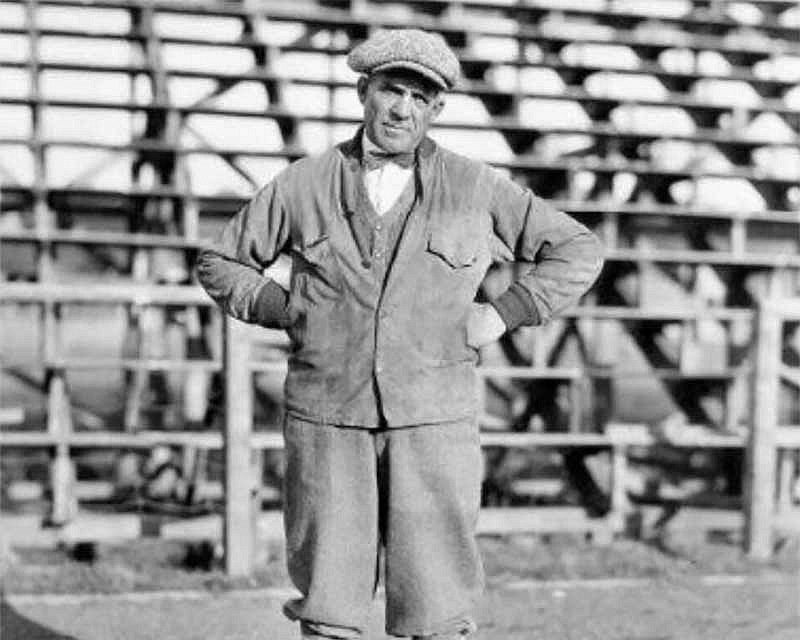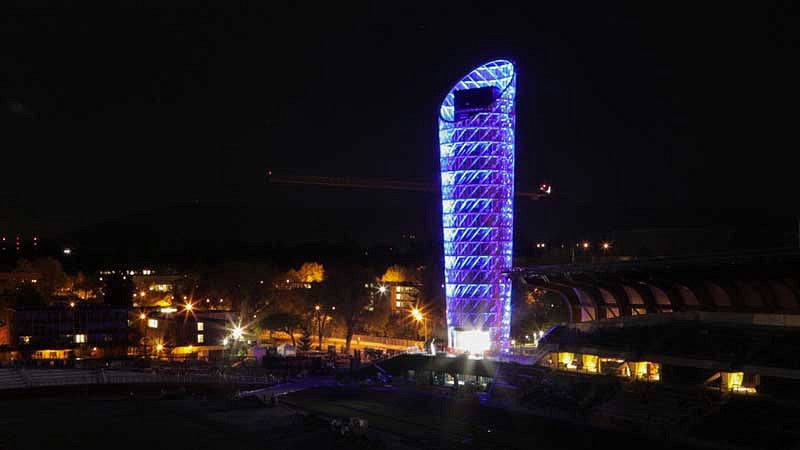The former cow pasture has seen more than a few G.O.A.T.s in its time, and it’s just warming up.
Long before the corner of 15th Avenue and Agate Street became home to grandstands and global broadcasts, there were cows.
In the early 1900s, what would become the nation’s preeminent track and field facility was simply a humble pasture, where the University of Oregon kept cattle in order to provide milk for students in dormitories.
But the UO also needed somewhere for its athletes to compete. In 1919, the cows were replaced with pigskin as the paddock was converted into a football field for the Webfoots and named Hayward Field after Bill Hayward, the school’s athletic trainer and track and field coach.
Two years later, in 1921, a six-lane cinder track was laid down around the outside of the field. The rest is history—glorious, record-breaking history since known as Hayward Magic.
Now, the re-imagined stadium and all its magic inspires us all to look to the future, to write and re-write record books, to redefine excellence in track and field.
Experience Hayward Field
Take a video tour of the world-class home of UO Track and Field
Hayward Field's Legacy:
Named for Bill Hayward, the “Grand Old Man” who coached Oregon track and field from 1904 until 1947, Hayward Field has been home to the UO track and field program since 1921, and has been the scene of some of the sport’s most memorable performances.
In 1982, Mary Decker broke the women’s 5,000-meter record at the Prefontaine Classic in June, then returned one month later and broke the women’s 10,000-meter record at an Oregon Track Club all-comer’s meet. At the 2011 Pre Classic, Moses Mosop broke two men’s world records in one race. The decathlon world record has been broken more often at Hayward than at any other facility in the world—including, in 2012, by Ashton Eaton.



Hayward Field Has:
Use of Salvage Materials
Many items salvaged from Historic Hayward Field were incorporated into the new facility showcasing the rich heritage of the original stadium through graphics and signage as well as exhibits in Hayward Hall. The University of Oregon made a collection of remaining salvaged materials available to benefit the community. An advisory committee comprised of campus and community stakeholders reviewed a variety of proposals and approved 18 projects.



Explore the Salvage Material Projects










